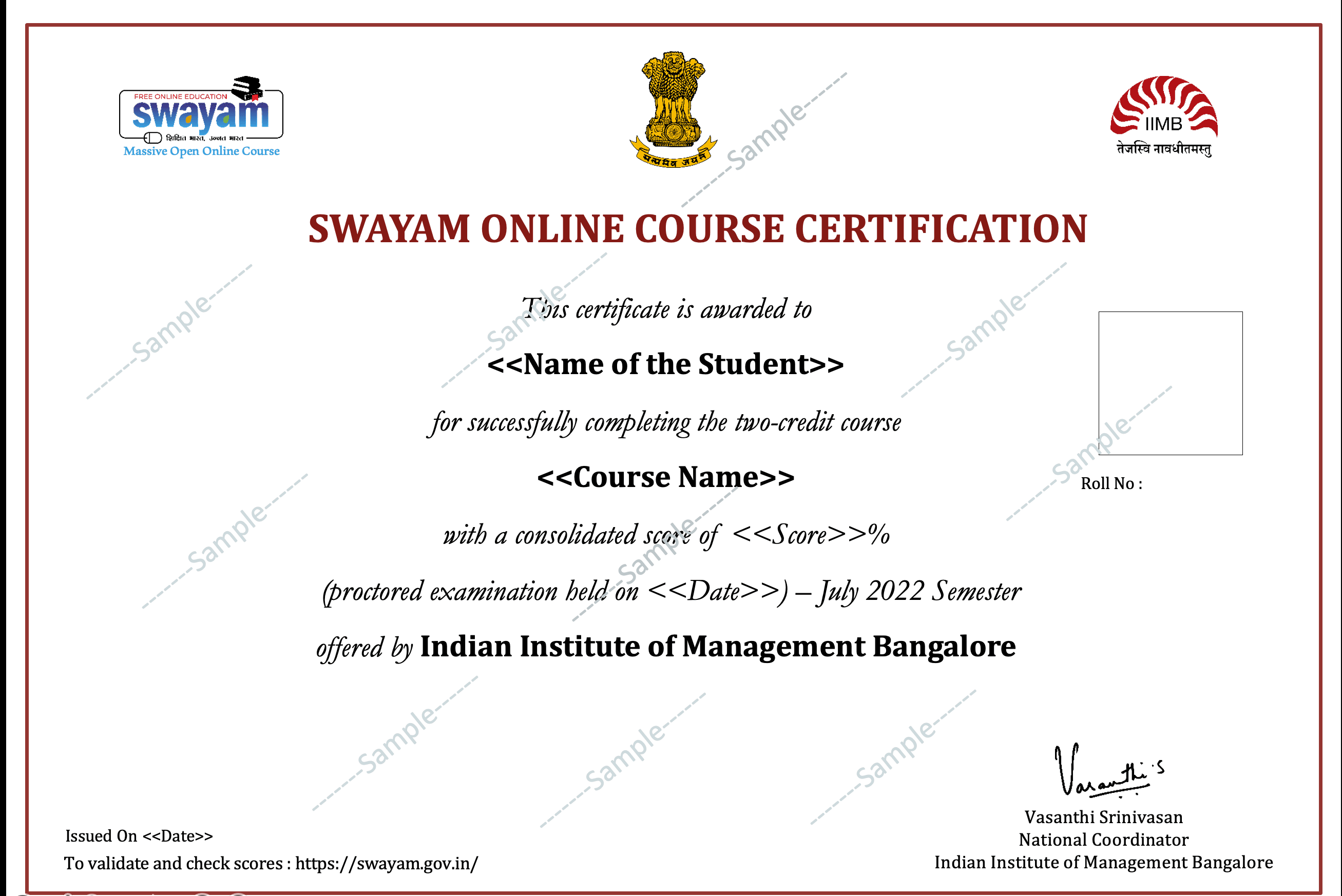Banking and financial markets encompass the ‘ecosystem’ that (a) channelizes money from those who have it (i.e. savers/investors) to those who need it (i.e. borrowers) and (b) facilitates cross-border flow of funds through exchange of currencies. That ecosystem of banks and financial markets (including Central Banks) has deepened in size, sophistication and complexity over the years. However, in recent times they have also been the subject of abuse, failures and economic distress in several countries resulting in a ‘contagion’ that has concurrently affected several countries around the world!
More recently, and perhaps more importantly, thanks to the liberalization of most economies, the world has witnessed an exponential increase in the free flow of capital across countries. Banking institutions and financial markets, being the predominant conduit for such free flow of capital across countries, have therefore become even more "globally interconnected." Such a globally interconnected financial system, combined with regulatory systems that are country-specific and hence varying considerably in rigor and implementation, has further compounded the risks and the consequent contagion, as witnessed in the global financial meltdown that was triggered in 2008.
This course will look at banking and financial markets from a risk management perspective where you will learn about:
- How to measure and manage credit risk, interest rate risk, foreign exchange risk, operational risk, off-balance sheet risk, etc. in any financial system.
- How these risks have become ‘omnipresent’ and significantly more complex as a result of globalization and interconnectedness of banking and financial markets across countries.
- Liquidity and solvency issues in financial institutions and markets and how they could be managed.
- The structure of asset securitization and credit derivatives and their role in managing (sometimes augmenting) risks in any financial system.
- How to measure, quantify and analyze the level and degree of financial risk over a stipulated time frame using different tools and techniques such as Value at Risk (VaR), Stress Test, etc.
- The role of regulation and monetary policy to: (a) ensure the stability and longevity of any financial system and (b) minimize the impact of possible adverse outcomes and contagion effects implicit in any financial crisis, particularly when the financial systems are globally interconnected.


DOWNLOAD APP
FOLLOW US